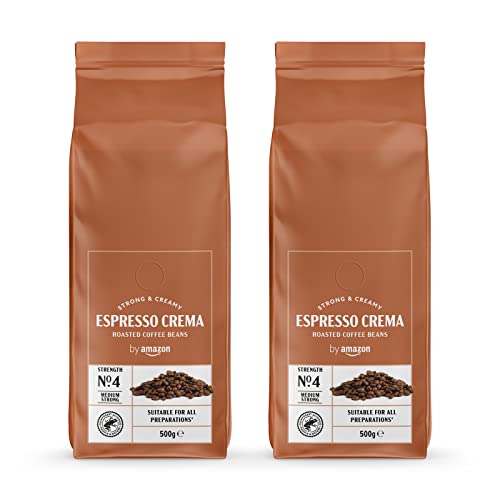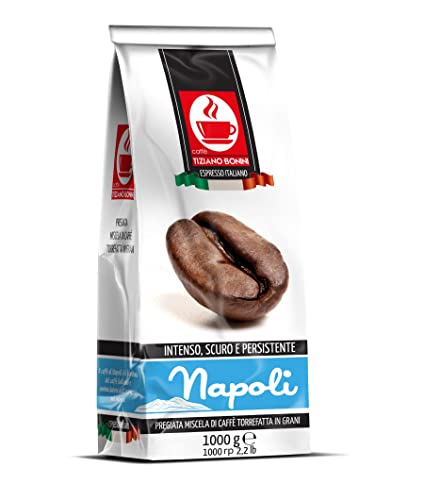How Many Cups Does 1kg of Coffee Bean Produce?
Whether you’re an avid coffee drinker or manage the office’s supply of beans, it’s important to understand how many cups 1kg coffee beans price uk can produce. This will aid you in budgeting and ensure that you have enough to satisfy your needs.
 There are many factors that affect how many cups a kilo of beans can produce. These include:
There are many factors that affect how many cups a kilo of beans can produce. These include:
Economic
As one of the most loved beverages, coffee is not just a delicious beverage; it’s also a fantastic source of energy and offers numerous health benefits. It comes in various forms such as instant, filter, and roast, so it’s easy to drink by everyone. But it is crucial to choose the right kind of coffee beans. Whole bean coffee is the most suitable choice, since it has greater aroma and flavor. It can also be used in a variety brewing methods. Whole bean coffee is a great option for those concerned about the environment. It is packaged using biodegradable and compostable materials.
Many coffee enthusiasts prefer to make their own coffee at home. This is due to the fact that it is typically cheaper than buying pre-ground coffee or purchasing it at the cafe. However, a lot of people do not realize that the quality of their coffee brewed at home is determined by the quality of the beans they are using. Selecting the right beans will ensure that your brew is as delicious as you can get and will keep you happy.
When you buy 1kg of coffee beans you’ll be able make around 140 cups of coffee. This will let you save money on your morning brew and still get the most fresh coffee available. You can also play around with different grind sizes, brewing methods and brew times. You can even try different kinds of coffee to discover your favourite flavour profile.
A kilo will cost between $40 and $55, based on the kind and brand of beans. But, if you’re a regular coffee drinker buying a kilo of beans could save you as much as 50% compared to purchasing smaller quantities.
Coffee production has significant effects on the environment. In actual fact, it creates 1.02 kg of CO2eq for every kg of green coffee (ISIC, 2022). Furthermore the milling and harvesting of the beans consumes a significant amount of water and electricity. Furthermore, coffee waste – which is typically discarded as cascara or pulp–decomposes, and releases the greenhouse gas methane. There are a few initiatives to lessen the negative impact.
Eco-friendly
The most efficient method of buying coffee beans in bulk is to buy them in large quantities. This lets you save money while also eliminating the waste. It is more beneficial for the planet to buy in bulk, since it reduces packaging costs and transportation costs. Bulk purchases can also be more efficient. You can buy fair trade coffee beans that have been grown without chemical fertilizers or pesticides. The Fair Trade label ensures that producers receive a certain amount of money for their products. It also guarantees that no chemicals were used during the growing cleaning milling, drying, bagging transportation, shipping, inspection, warehousing, roasting process.
Most coffee farmers are children or women. According to the International Labor Organization, 150 million people are forced into working in the production of coffee and cocoa. It is essential to support companies that prioritize transparency and sustainable farming throughout their supply chain. Choose coffee that is shade-grown, because this helps preserve the biodiversity of the soil and improve its health.
Another way to be environmentally green is to not put whole coffee beans in the refrigerator. This will cause them to absorb moisture from other foods in the fridge. Moisture can damage coffee beans and cause them to lose flavor. It is also important to store them in an air-conditioned, dark space far from direct sunlight.
In the end, if you’re planning to keep your coffee beans in the freezer, be certain that they are sealed. This is why a vacuum sealer will be the best choice. It will prevent the beans from absorbing gas or water. However, if you cannot afford a vacuum sealer, using a food grade plastic bag can still be effective.
If you buy 1kg of coffee beans, it is crucial to think about how much you’ll utilize them. You can use the beans faster or more slowly based on your preferences for taste and brewing method. If you use an espresso coffee beans 1kg machine, you’ll require more beans than someone who uses a filter machine.
Experimentation
A kilo of coffee beans can yield 140 cups of coffee, based on your preference and the method of brewing. If you’re an espresso enthusiast or a drip coffee drinker, the number of cups you drink will differ depending on the batch, but it’s crucial to know how many cups 1kg of beans can yield so that you can determine your supply. This will help you avoid wasting money and ensure you have enough coffee to get the job done.
Contrary to PET scans utilized in medical imaging, PEPT captures snapshot images of particles over time. The images that result reveal trajectories of particle movement and concentration. Researchers can study and visualize parameters like particle velocity and density in complex environments, such as inside a roasting drum, by using this technique.
The trajectories and movements of individual particles are affected by the size and speed of the drum’s rotation, as well as the temperature of the roasting. For instance, the particle residence times in a thick bean bed are shorter when the drum’s rotation is speedier. The velocity of the particles is greater when the temperature of the drum is higher.
The movement of coffee beans inside a drum-roaster can have a significant impact on the flavor and aroma of the final product. For instance, if beans are pinned against the drum wall by centripetal force they will experience a greater amount of conductive heating than beans which are free to move around in the air. An understanding of the variables that influence the movement of beans within a drum roaster can be used to modify the dominant heat transfer mechanisms, and to successfully regulate the development of coffee during roasting.
Eulerian flow maps can be produced from the PEPT data to display the velocity and occupancy. High occupancy regions are displayed in red, while low occupancy regions are shown in dark blue. The path of the coffee beans is then traced to illustrate the effect of different conditions that affect the movement of the beans, such as the rate of rotation of the drum.
The resulting maps are displayed the resulting maps are shown in Figs. 3(d-f) and 4(c-f). It is easy to see the thick bean bed and its small portion of the flight area. For smaller batch sizes the area is maximized. The primary heat transfer mechanism in each case can be adjusted by adjusting the speed of drum rotation and batch size.
Connoisseurship
Connoisseurship is an essential aspect of the coffee culture of today. The rise of gourmet coffee has inspired a new generation to explore the various flavors of the beverage that is so beloved. Coffee lovers are proud of their knowledge about bean origins and brewing techniques, whether they’re drinking the single-origin blend of coffee or enjoying an artisanal latté. This new breed of organic coffee beans 1kg aficionados is forming a vibrant community around the world and it’s vital to be aware of the significance of this rapidly growing market.
Connoisseurship is an art-historical discipline that aims to identify works of art by their period, culture, or author. It includes the entire process of analyzing art, from its attributions to its authentication through physical testing. It also encompasses iconographic or circumstantial investigations but they are a subset to the main goal. While the word “connoisseurship” has been criticized for its over-the-top pretenses however, it is a valid term for this broad field of investigation.
In addition to the scholarly debates about this term, the retail art industry uses it as a code for expertise and a sign of social status. Connoisseurship is a way to identify the work of artists that one is working with even if there are no documentation to prove their authenticity. In the same way, it is crucial for the evaluation of works of contemporary and modern artists.
This conversation features three unquestioned masters in their respective fields of expertise, who will discuss the importance of connoisseurship in field of fine arts. They will also look at how this knowledge is created and passed on to the next generations.
 Recent research suggests that CC redefine what they see as important to be meaningful in order to redefine sustainable consumption. This is achieved by redefinition their values and articulating them in the context of consumer behavior. They are redefining sustainability as a concept that is compatible with connoisseurship. This new definition of the meanings attached to sustainable practices will allow CC to shift away from linear decision-making models, and instead adopt an approach that is more holistic to their consumption habits.
Recent research suggests that CC redefine what they see as important to be meaningful in order to redefine sustainable consumption. This is achieved by redefinition their values and articulating them in the context of consumer behavior. They are redefining sustainability as a concept that is compatible with connoisseurship. This new definition of the meanings attached to sustainable practices will allow CC to shift away from linear decision-making models, and instead adopt an approach that is more holistic to their consumption habits.
